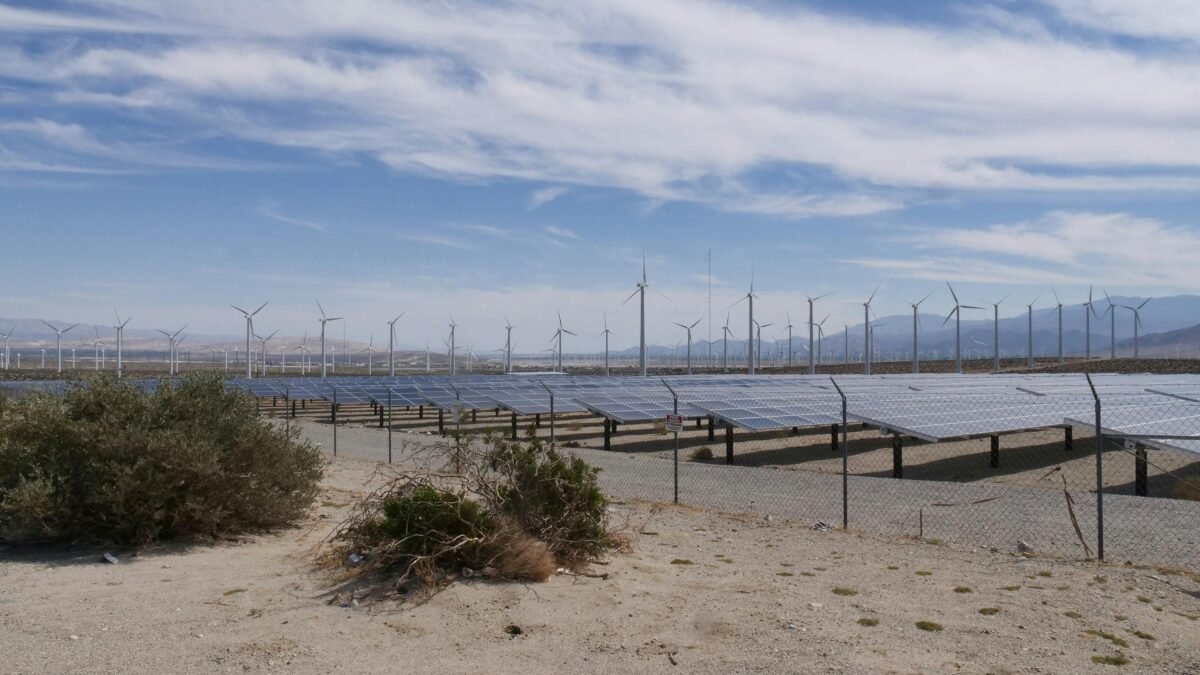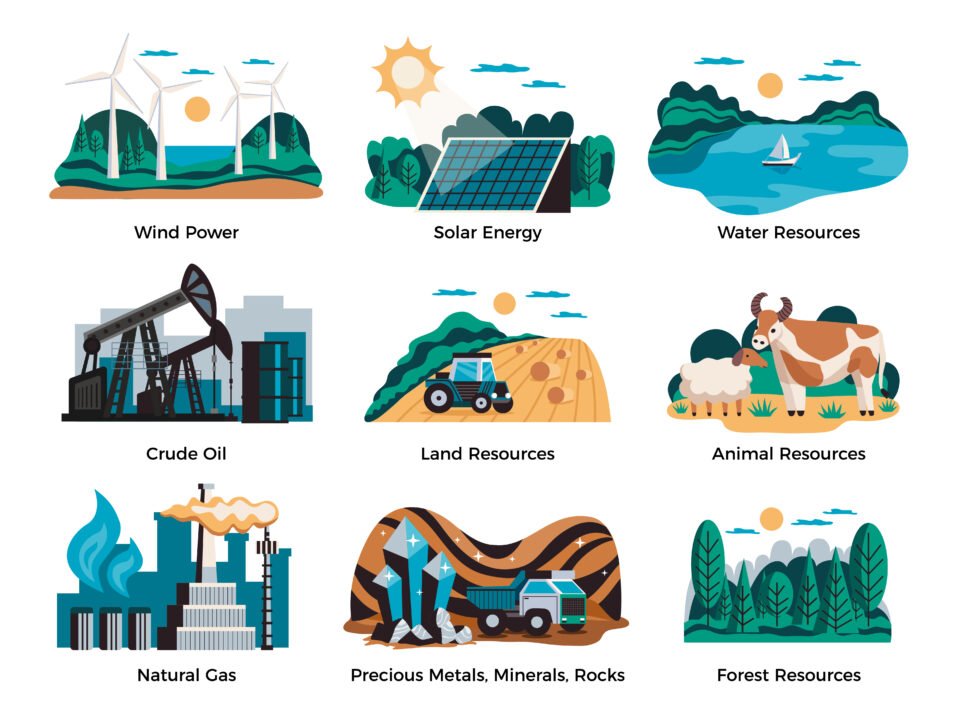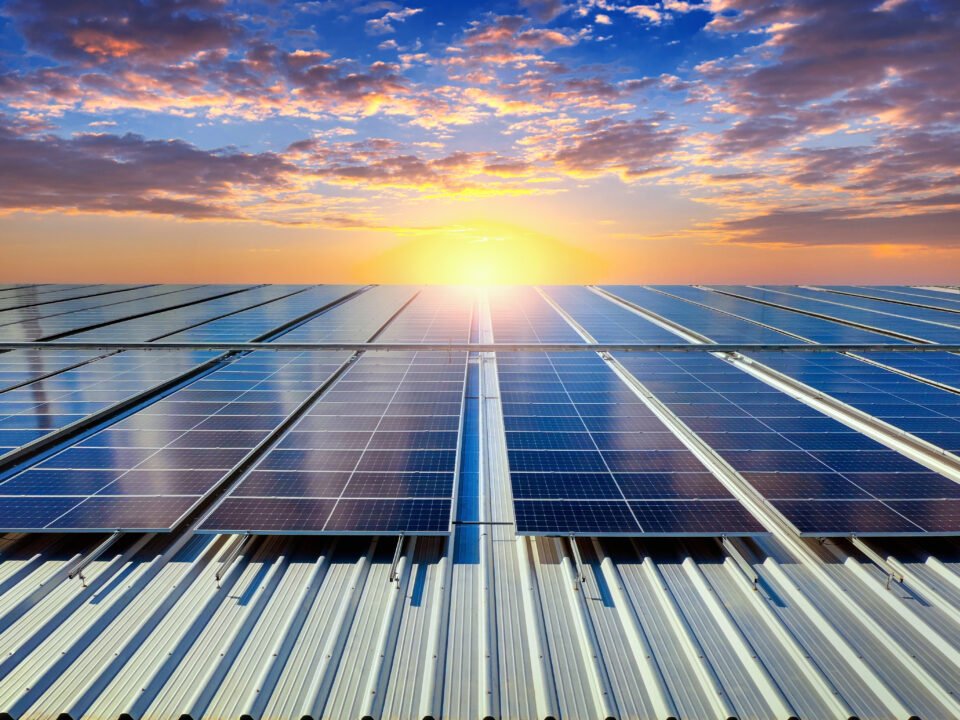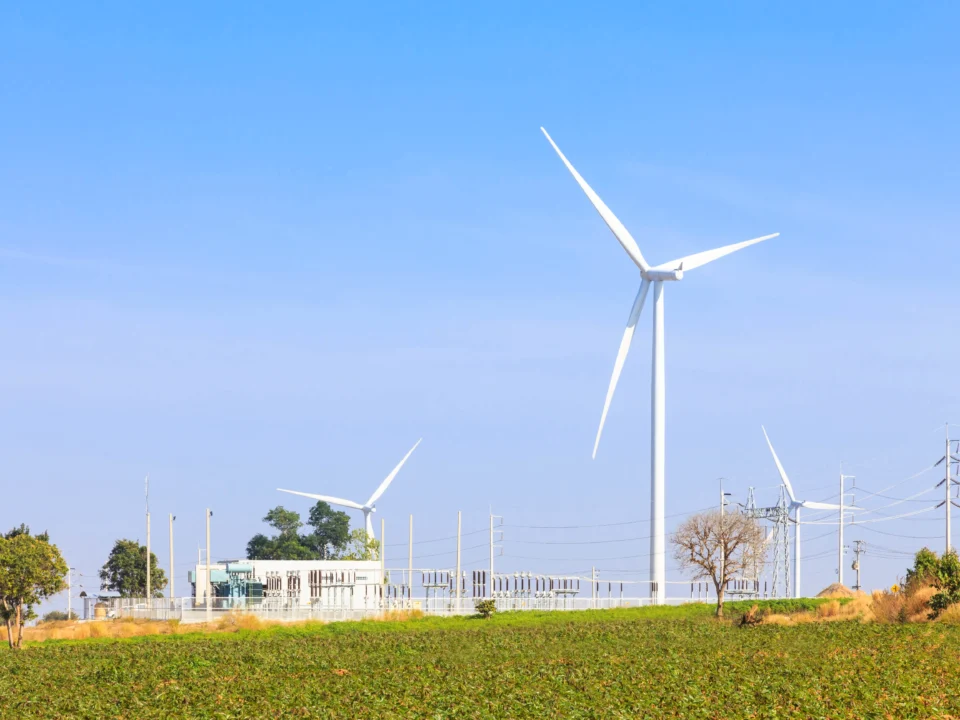As the world transitions to renewable energy, utility-scale solar and wind projects are playing a crucial role in reducing greenhouse gas emissions and promoting sustainable development. However, one of the significant challenges these renewable energy sources face is their intermittency. Solar and wind power generation depend on weather conditions and time of day, leading to variability in energy production. Energy storage systems are emerging as essential solutions to address these challenges, ensuring a stable and reliable supply of electricity from renewable sources. This blog explores the role of energy storage in utility-scale solar and wind projects and its impact on the renewable energy landscape.
Addressing Intermittency
The primary function of energy storage in renewable energy projects is to address the intermittency of solar and wind power. Solar panels generate electricity only during daylight hours, and their output can be affected by weather conditions. Similarly, wind turbines produce electricity when the wind is blowing, but their generation can be unpredictable. Energy storage systems, such as batteries, store excess energy generated during periods of high solar or wind activity and release it when generation is low or demand is high. This capability helps to smooth out fluctuations in power output, ensuring a more consistent and reliable energy supply.
Enhancing Grid Stability
Grid stability is a critical factor in maintaining a reliable electricity supply. Energy storage systems play a vital role in enhancing grid stability by providing ancillary services such as frequency regulation, voltage support, and spinning reserve. These services help to balance supply and demand on the grid, preventing blackouts and ensuring the smooth operation of the electrical system. By integrating energy storage with utility-scale solar and wind projects, grid operators can better manage the variability of renewable energy and maintain a stable grid.
Reducing Curtailment
Curtailment occurs when excess renewable energy generation exceeds the grid’s capacity to absorb it, leading to wasted energy. Energy storage systems can significantly reduce curtailment by storing excess energy that would otherwise be lost. This stored energy can be used during periods of high demand or low renewable generation, maximizing the utilization of renewable resources and improving overall system efficiency. By minimizing curtailment, energy storage enhances the economic viability of utility-scale solar and wind projects.
Supporting Decentralized Energy Systems
Energy storage is also critical in supporting decentralized energy systems, where energy generation and consumption occur closer to the point of use. Decentralized energy systems, such as microgrids and community solar projects, rely on localized renewable energy sources and storage to provide reliable and resilient power. By incorporating energy storage, these systems can operate independently of the central grid, ensuring energy security and resilience during grid outages or extreme weather events.
Technological Advancements
Advancements in energy storage technologies are driving the widespread adoption of storage solutions in utility-scale renewable energy projects. Lithium-ion batteries, for example, have become the dominant technology due to their high energy density, efficiency, and decreasing costs. Emerging technologies, such as solid-state batteries, flow batteries, and hydrogen storage, offer potential improvements in performance, safety, and cost-effectiveness. Continuous research and development in energy storage technologies are essential to overcoming current limitations and meeting the growing demand for storage solutions.
Economic and Environmental Benefits
The integration of energy storage with utility-scale solar and wind projects offers significant economic and environmental benefits. Economically, energy storage can reduce electricity costs by enabling the use of stored energy during peak demand periods when electricity prices are high. Environmentally, energy storage helps to displace fossil fuel-based power generation by increasing the penetration of renewable energy on the grid. This shift contributes to reducing greenhouse gas emissions and mitigating the impacts of climate change.
Conclusion
Energy storage is a critical enabler of the renewable energy transition, addressing the intermittency of solar and wind power and enhancing grid stability. By reducing curtailment, supporting decentralized energy systems, and providing economic and environmental benefits, energy storage systems are transforming the way we generate, store, and use renewable energy. As technological advancements continue to drive down costs and improve performance, the role of energy storage in utility-scale solar and wind projects will only become more significant, paving the way for a cleaner, greener, and more resilient energy future.




